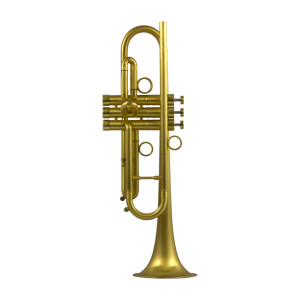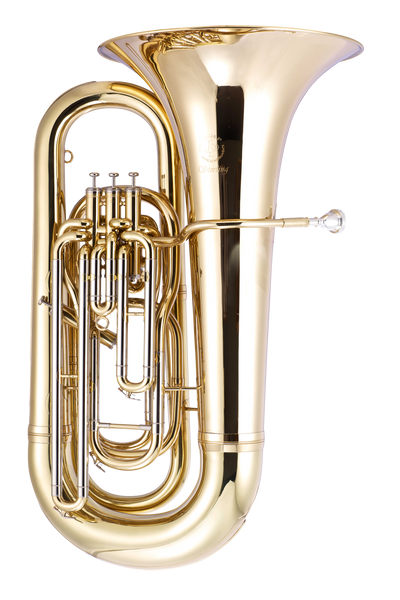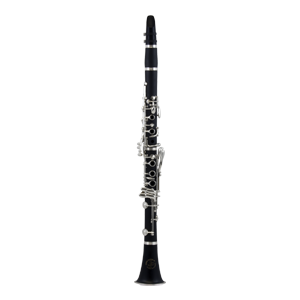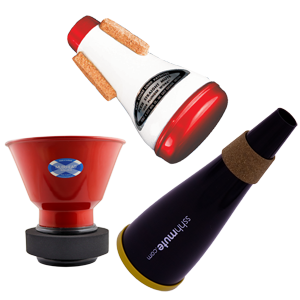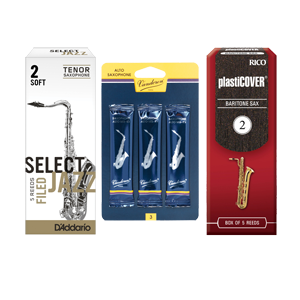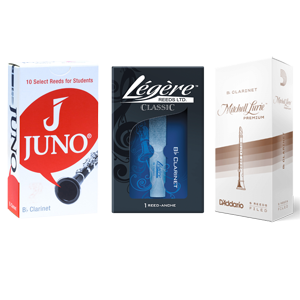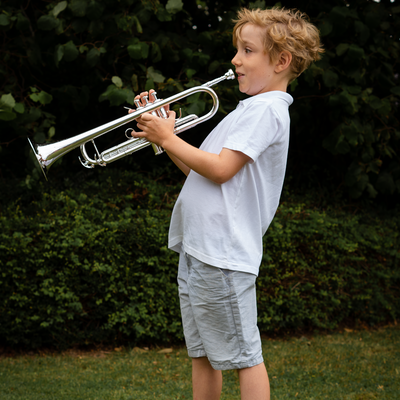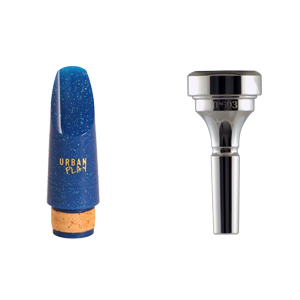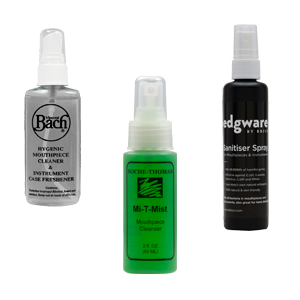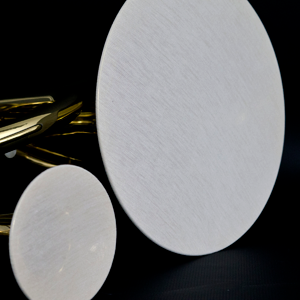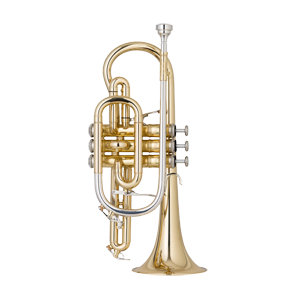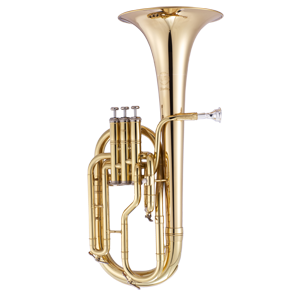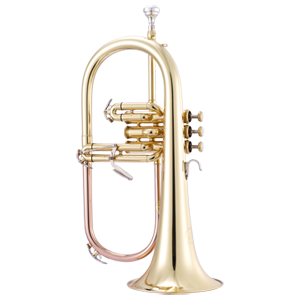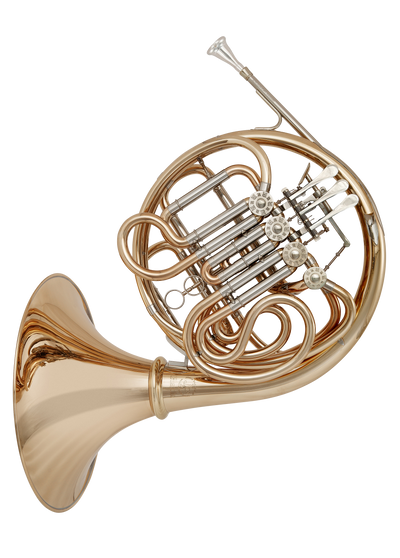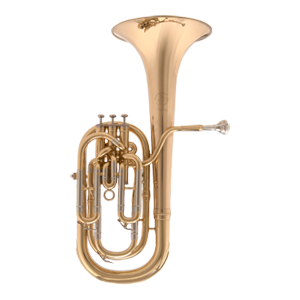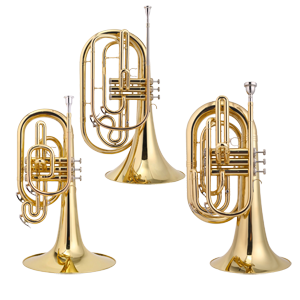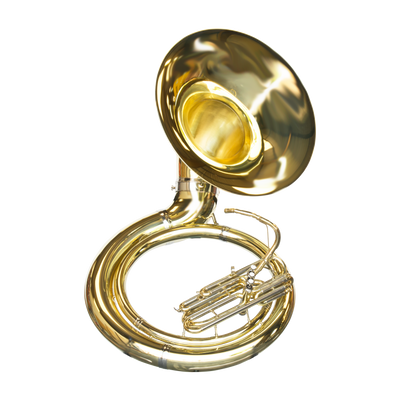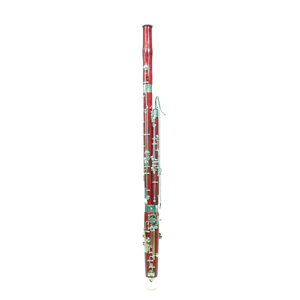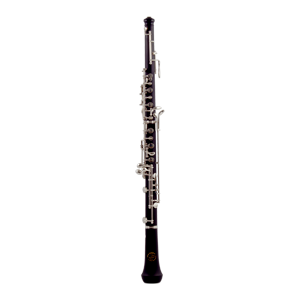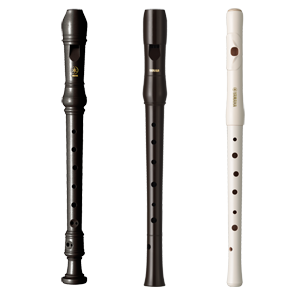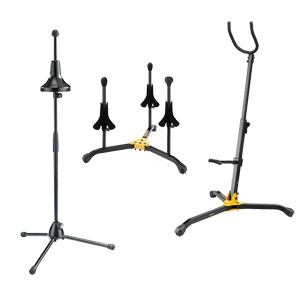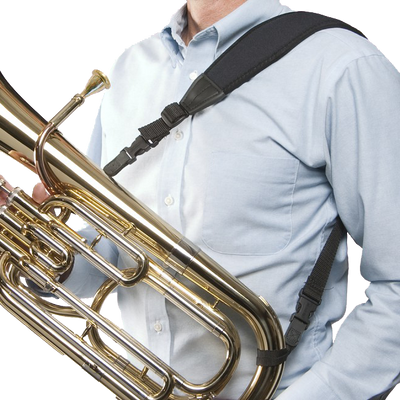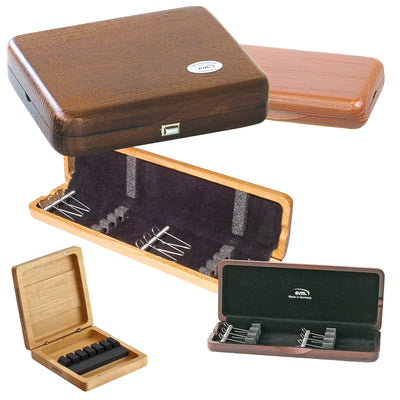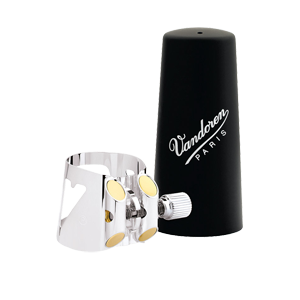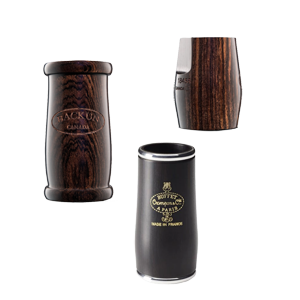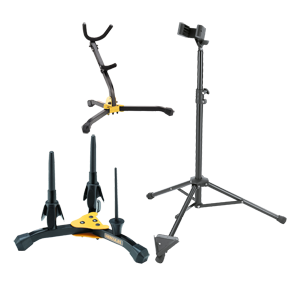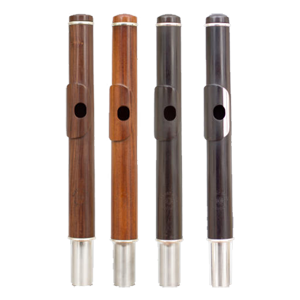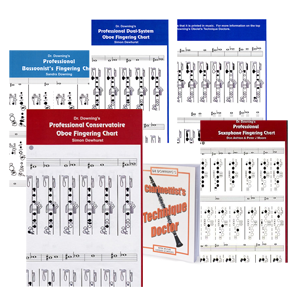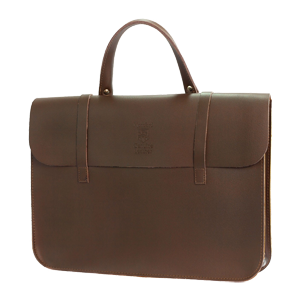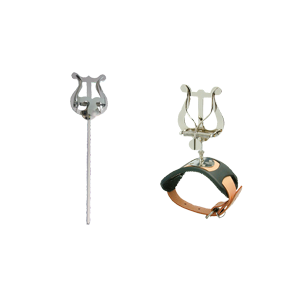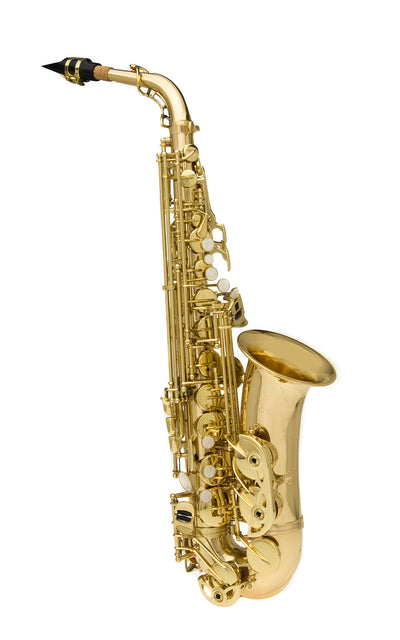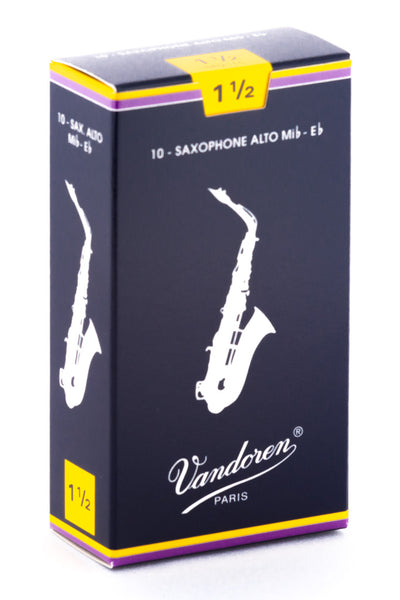Brass Instrument Mouthpiece buying guide
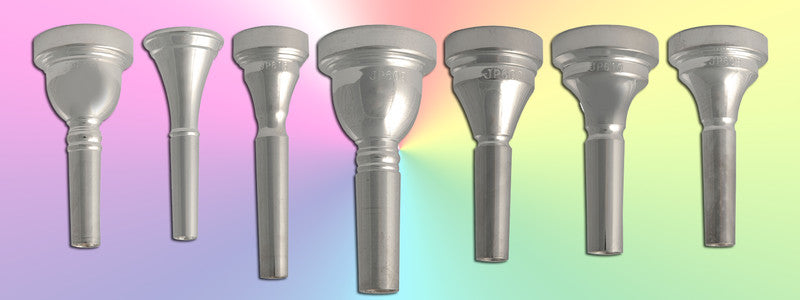
Welcome to the wonderful world of mouthpieces...
Purchasing a new mouthpiece is not the easiest thing in the world to do as there is no such thing as the ‘perfect’ mouthpiece, if such a mouthpiece did actually exist we would only have to stock that single mouthpiece! Visit our shop and you will find a large selection of mouthpieces for each instrument consisting of different brands and sizes to choose from. A different sized mouthpiece can assist the player to achieve what they are looking for such as easier higher notes, bigger sound, but a new mouthpiece is not a substitute for the correct type of practice, embouchure, use of diaphragm etc.
So where do you start looking in your search for your new mouthpiece?
Ask yourself ‘why do I need a change and what am I hoping to achieve with this change? With our specialist knowledge we can help and assist you in your search for your new mouthpiece as it can be a very confusing time as the sizes used by various manufacturers are not standardised which makes comparison between makes very difficult. However if you wish to do your own research the following paragraphs should help you determine what you may be looking for.
Internal Cup Diameter
In general, a small cup diameter makes it easier to play high notes and can increase endurance, but volume is limited. A larger cup diameter, on the other hand provides plenty of volume and easy low notes but go too large and endurance, pitch centering and tone production will be sacrificed.
Rim Contour
Since this is the part of the mouthpiece that comes into contact with the lips it is a crucial parameter for playing comfort. Rim contour also has a large effect on attack and clarity.
Rim Thickness
A thick rim provides greater lip contact area for easier high notes and extended endurance, but lip movement is limited this reducing tonal flexibility. A thin rim offers plenty of control over a wide range but can quickly cause fatigue.
Rim Bite
The bite of the rim (the sharpness of the inner rim edge) has a large influence on attack, clarity and pitch control. Sharp bites generally make it easier to produce accurate, stable pitch and a rich tone, however if too sharp your lip control can become limited with comfort compromised and endurance reduced. A soft bite on the other hand will be comfortable to play at the expense of a clean attack.
Cup Depth
Shallow cups produce a brighter tone and are more controllable in the higher register, at the expense of volume. Deep cups offer a dark tone, easy low notes and a bigger sound.
Cup Silhouette
Cup shapes range from ‘U’ shapes to ‘V’ shapes. The more ‘U’ shaped a cup the brighter the sound and it will be easier to play the higher register. As the cup approaches the ‘V’ shape the sound becomes darker and the lower register is easier to play.
Throat Diameter
The throat is the narrowest portion of the mouthpiece bore and therefore the point of highest sound pressure. The diameter and length of this part of the mouthpiece has a major influence on playing resistance which contributes to fast response, brilliant tone and enhanced playability in the higher register. A wide short throat is more playable in the low register and is capable of producing great volume – but requires lots of air and can cause fatigue.
Backbore
The backbore is the inner section of the mouthpiece that follows the throat. This has a complex flare that can significantly affect high register pitch. The diameter of the backbore also influences timbre and resistance. Like most other diameter related parameters a narrow backbore results in increased resistance, brighter tone and easier playing in the high register.
Shank
The shank is the outside dimensions of the mouthpiece receiver and is of prime importance in determining if a mouthpiece fits into your instrument. For example a cornet mouthpiece will not fit in a trumpet / a trumpet mouthpiece will not fit in a cornet / medium and medium large trombones require small shank mouthpieces while large bore trombones will use large shank mouthpieces!
Materials
Mouthpieces are generally produced from brass and then either silver plated or gold plated. Silver plated mouthpieces are most popular and account for over 90% of our sales. Gold plated and plastic mouthpieces are often used by players that have allergies.
Several companies produce mouthpieces with added mass, these have exactly the same internal dimensions as the standard models but are up to twice the weight due to the added mass on the exterior. This added mass can for some players darken the sound and allow playing at a higher dynamic level without distortion. An alternative way of achieving this effect can be done by adding a ‘booster’ to your own mouthpiece.
Model numbers
As mentioned earlier the sizes used by various manufacturers are not standardised which makes comparing mouthpieces between makes very difficult.
Generally model numbers denote the size of the inner cup diameter and letters refer to the cup depth. For comparisons for each instrument please refer to each individual guide.
Many players expect the description of each mouthpiece in the manufacturers brochure to do exactly what it says for them. This is not true and is meant as a guide only as we are not all from the same mould!



